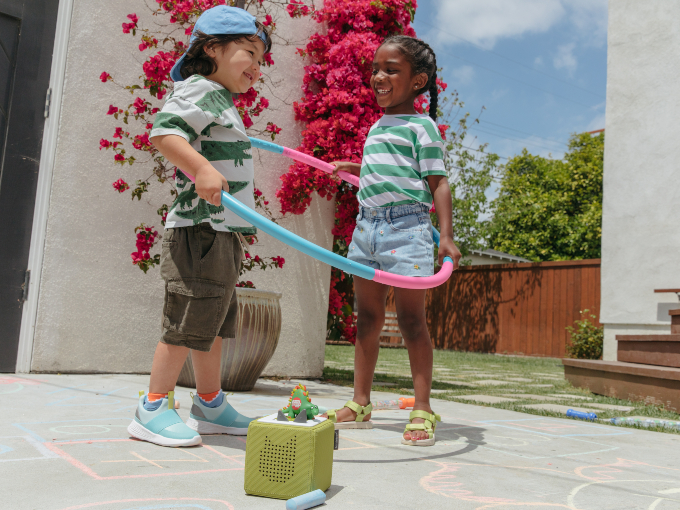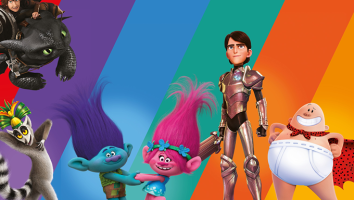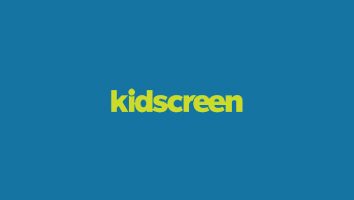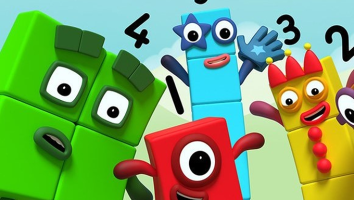By: Maryam Siddiqi
Earlier this year, The Toy Association unveiled its toy trends for 2023, which include an expansion of fandoms into lifestyle and a surge in tween and teen toy buyers. But topping the list is a move towards “back to basics” toys that encourage self-care, social connection and social-emotional learning (SEL).
“In the toy space, [the self-care concept] is taking shape across a range of products that instill healthy habits—from mindfulness and good sleep habits, to increased social-emotional awareness through nurturing play—as well as toys that introduce kids to new hobbies and help families find joy through classic play,” noted The Toy Association.
It’s a trend born from the effects of social distancing on children during the pandemic, when 77% of parents used toys to help with social-emotional learning—and most are still doing so (92%), according to a OnePoll survey of 2,000 US parents commissioned by The Toy Association in late 2022.
Many children continue to struggle with social interactions in the post-pandemic world, says Jessica Jama, a child development specialist and product manager with hand2mind, which makes educational toys and teaching tools for preschool and elementary school kids.
“So many of them don’t remember being in a classroom,” says Jama. “They don’t remember being with people outside of their core family unit, so they don’t know how to enter into play. If two other kids are playing a game, they don’t know how to say, ‘Hey, can I play with you?'”
Child, youth and family therapist Tania Da Silva agrees. The clinical director at Toronto-based Behaviour Matters says sta at her mental health clinic have seen a significant increase in developmental delays and mental health issues, “including social-emotional struggles.”
In October 2022, toy company ThinkFun published a white paper that identified eight skills kids need to learn to build mental, emotional and social health: problem-solving, perseverance, adaptation, conflict resolution, self-regulation, self-advocacy, cognitive skills and communication strategies.
Penned by resiliency expert Dr. Deborah Gilboa and Rachele Harmuth, head of Ravensburger’s ThinkFun toy division, the paper cites data showing that parents recognize the urgent need for tools to care for mental health throughout childhood. Meanwhile, 44% of teenagers reported feeling sad or hopeless in 2022, according to the US Centers for Disease Control and Prevention. And the Pew Trust Research Center published data showing that 67% of parents wish they’d been more vigilant about their child’s mental health from the beginning.
Play is one way for kids to decompress and deal with stress and anxiety, says Da Silva. “[Play that] facilitates release or regulation can have a significant impact. Ultimately, being mindful of the benefits of play and toys, and considering how they can help our children develop social-emotional skills, is crucial.”
Overwhelmingly, toy designers are going analogue to meet the growing need for toys that facilitate self-care. Da Silva points out that along with books and anything related to music and art, there is also growth in the games and activity cards segments.
For Jama and the team at hand2mind, the focus is on hands-on learning…literally. “Most of our products are very tactile,” she says. “It’s about getting kids excited about learning, [but] not realizing that they’re learning as they play.”
Take, for example, hand2mind’s social-emotional task cards, which come in sets for kids ages three-plus and eight-plus. Children work through the 64-card deck while exploring concepts like collaboration, kindness and empathy, as well as tasks ranging from writing exercises about emotions, to breathing exercises for self-regulation.
For ThinkFun, one of the most popular product categories is games, which range from brainteasers, to interactive group play products, to escape games for older kids. “There’s a real place for, and a real value in, games that promote self-advocacy and involve storytelling,” says Harmuth. “It’s hugely important for kids to be able to explain what’s happening to others and what’s happening to themselves.”

Many of ThinkFun’s games are designed to help young players learn the difference between challenge and defeat.
Significantly, the company’s research shows that playing with toys that simply comfort kids isn’t enough to help them develop self-care skills. “It brings them back to a baseline, but it doesn’t make them stronger,” explains Harmuth. “We need to understand the skills that build resilience—not just [what helps with] comfort and recovery from stress and challenge.”
In order to build resilience through play, many of ThinkFun’s games are designed to get progressively more challenging while helping young players understand that challenge doesn’t equal defeat.
The product development behind these toys is multifaceted. Tonies (pictured at top), for instance, are both hands-on and high-tech—little figurines equipped with RFID technology that each hold a specific audio collection of songs and stories, like physical playlists for kids. And the Toniebox is a speaker box the figurines sit on—soft enough for a young child to manipulate and carry.
But beyond the physical and the technical, a key aspect of development lies with the company’s in-house content team. “We license from everybody—Dr. Seuss, Disney, Sesame Street—as well as some of the more specific audio creators like Calm [the mindfulness and meditation company],” says Drew Vernon, marketing director for Tonies USA.
Targeted at kids ages three and up, The Calm Tonie offers breathing exercises, meditation modules and sleep stories. (And it’s just as useful for adults—one reviewer on the US site says, “My grandmother loves it.”)
Other research for content development includes analyzing children’s daily schedules and needs. “It’s time to wake up, time to get ready, time to go to school, time to play, time for recess, time to get your wiggles out, time to calm down,” explains Vernon. When it comes to self-care content, the Tonies team considers everything from kid-friendly white noise and waterfall sounds, to the programming of Calm.
For its part, the hand2mind team approaches toy development with an understanding that everyone has a special need—”whether that special need is that you like to wear socks all the time, or maybe you don’t like to touch things that are sticky,” says Jama. “If we make a sensory product that [users] would squish with their fingers, we also want to provide a stylus or something that can be used instead.”

For kids with sensory triggers, squishy items from hand2mind always come with tongs.
Because children are still learning self-care mechanisms, hand2mind’s toys provide multiple ways to achieve a goal. “As adults, we have methods for calming ourselves down—if you have a rough meeting and you need to take a minute, maybe you go for a walk outside—but that’s not always natural for a child to know how to do,” explains Jama. “So we give them different options to help them find the right approach.”
Jama, Vernon, Harmuth and Da Silva concur that this trend towards self-calming toys is in its early days, with much opportunity and growth yet to be realized. When it comes to finding a niche, Harmuth points to the four play patterns identified in ThinkFun’s white paper: problem-solving and perseverance; storytelling; progressive challenges; and bringing children and adults together.
“We do two of those things fantastically well,” she says. “We’re great with problem-solving, and with increasing challenge over the duration of play. But we are not a brand that focuses on storytelling. And while we have some products that really bring adults and kids together, we also have a lot that are single-player.”
Instead of one company trying to do it all, self-care through play should be an industry-wide movement, Harmuth adds. “We are really proud of the pieces we create that fit into these areas and build these skills, but we’re one piece of a pie. This is way bigger than one brand or one company. It has to be a wider picture of looking at play through a lens that helps us understand how we can develop products and play patterns that will build resilience overall.”
Toys that care
Here are some of the companies currently producing toys in the self-care and SEL category.
- Among its diverse range of SEL toys, hand2mind’s sensory fidget tubes are designed to help older children achieve a state of peace and calm
- MindWare’s Feed the Woozle is a board game that helps kids learn cooperative play
- Manners&Co’s Table Talk is a card set of conversation-starters that guide children and families through discussions about school, friendship, the world and the self.
- Hasbro’s well-known game Perfection helps with shape recognition, while also making failure fun and helping to teach resilience and perserverance.
This story originally appeared in Kidscreen‘s August/September 2023 magazine issue.































